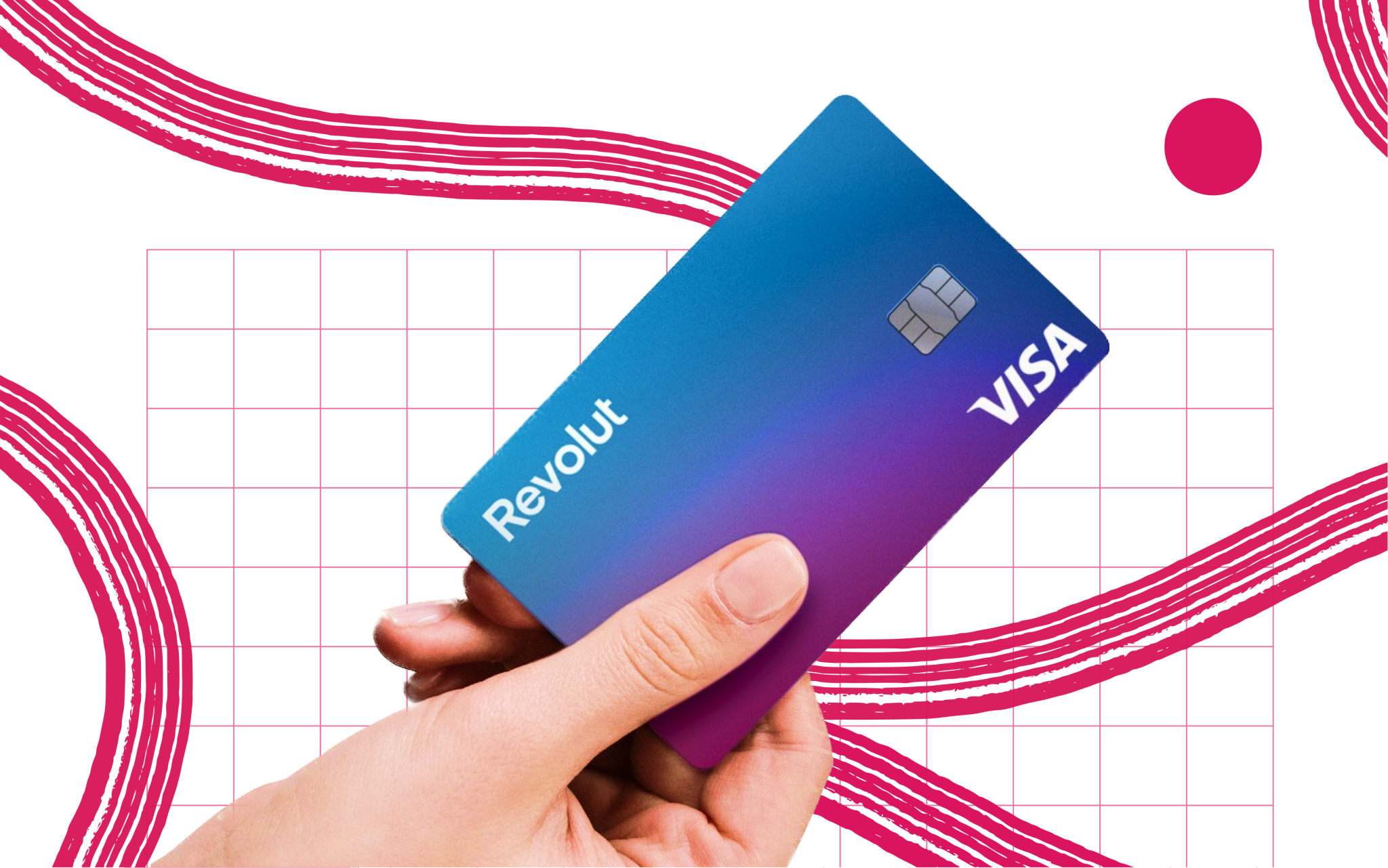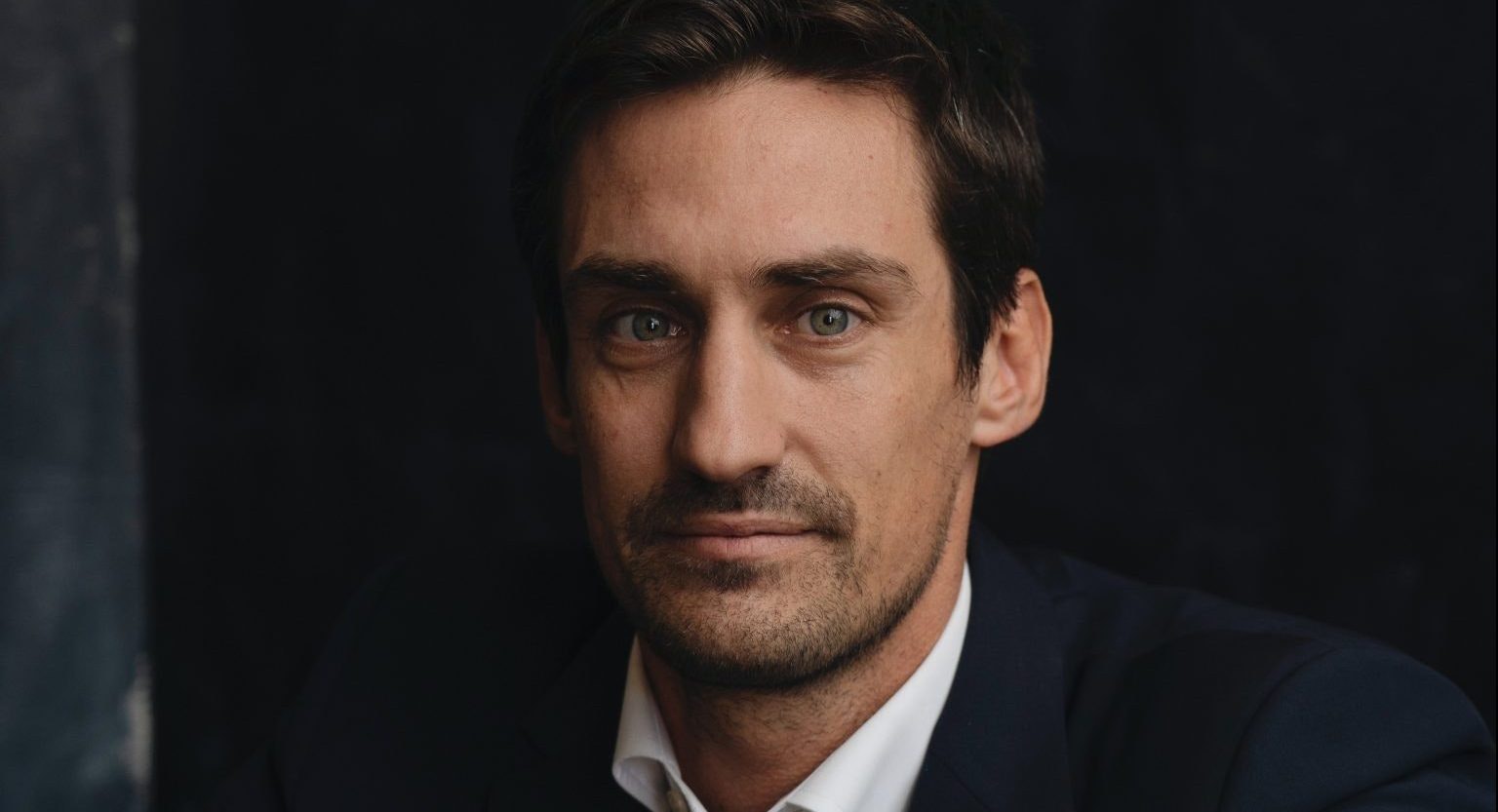Open banking — the infrastructure that allows banks to share users’ financial data — is primed to be one of the standout innovations in fintech in the next few years. The UK government has put its weight behind it, investment has poured in and it now powers around 4m UK users.
Yet open banking (OB) has also proven divisive. Most recently, Anne Boden, the founder of Starling Bank, provoked an angry public letter after calling it a flop.
Now fintechs targeting Gen Z — under 25-year-olds — are also weighing in, telling Sifted they aren’t leveraging open banking or clear about the benefits of it for younger demographics.
“There is not currently high demand for open banking among youth fintech users,” says Tara Massoudi, operations manager of Revolut Premium and Junior.
Similarly Richard Jones, chief product officer of goHenry, a UK-based financial education app for 6 to 18-year-olds, says it’s still too early to tell whether it can leverage open banking.
"We're continuously monitoring open banking… but I would suggest it's premature to consider open banking as a new frontier in the kids' financial education space."
Christian Lüscher, who heads up marketing at Swiss-based challenger bank Yapeal and Yapani, a digital account for kids aged seven up, is also unconvinced. Kids don’t traditionally use multiple bank accounts, he explains, limiting the utility of integrating open banking.
Crucially, this means the young, digital-first generation aren’t being exposed to OB early on.
Finding the use case
"Youth fintechs" are an important subsector. According to fintech market intelligence startup WhiteSight, more than 50 neobanks are providing services for under-18s, including more than 40 which exclusively focus on children and teens.
Yet these apps seem unable — or unwilling — to leverage a tool that has been pitched as the key to revolutionising finance.
One issue for the adoption of open banking is finding “the killer use case”.
That applies to getting Gen Z on board too, says Søren Nielsen, chief commercial officer at Subaio, a Danish software solution for banks. He argues Gen Z will only adopt open banking if there is an incentive for them to do so.
“They will ask the question 'Why? Why should we do that? Why should we give the bank, the fintech or whoever is asking us to do so access to our data unless it gives us something in return?',” he says.
“They will only use open banking if it for instance makes it easier for them to apply for a loan, get a cashback on a purchase, or share the payment of the rent with their other flatmates.”
One general issue for the adoption of open banking is finding “the killer use case
To do this, Nielsen says Gen Z fintechs will need to introduce more interesting use cases.
“The use cases are simply not interesting enough,” he says. “So if you are a fintech catering to Gen Z you need to think much more innovatively than just aggregating your accounts in one place.”
Potential opportunities
Despite their sceptisim, most operators remain open minded about OB and believe Gen Z will still adopt it in later life.
Indeed, Massoudi says she sees potential for integrating OB into Revolut’s teen products.
“The biggest use case we see for teens is better analytics and budgeting tools, giving them a full overview of all their spending and earnings,” she says. “Additionally, as kids get older, get jobs and start to earn money, they are likely to be increasingly looking to transfer between multiple accounts.”
She adds: “The digital expectations of this age group as they grow up are what will catapult open banking into the mainstream.’
Moreover, Gen Z is disproportionately primed for financial apps. Gen Z faces the biggest financial challenges of the future — from soaring house prices to frequent job changes to rising costs of living — says Dan Scholey, chief operating officer of open banking startup Moneyhub.
“The younger generation is in a unique position. While they are expected to inherit record amounts in the future, they face significant financial challenges at this moment,” says Scholey.
As a result, open banking could be crucial for them by automating and promoting healthy financial habits.
“With open banking, accounts can be set up [by adults] to automatically sweep money into savings and investments, and once children are of age, the accounts can be easily transferred.
“The savings habits formed in youth with simplicity, security, and convenience will stand them in good stead for their financial lives in adulthood. Far more than piggy banks ever did.”
The younger generation is in a unique position. While they are expected to inherit record amounts in the future, they face significant financial challenges at this moment
Meanwhile, one company pioneering open banking for youngsters is Swiss-based Fintune, which has developed Finny, an app for parents and children to encourage children to learn about money.
Users can now access existing accounts across 2,600 banks, rather than making them set up their own Fintune bank account.
Andreas Kirchner, Fintune’s cofounder and chief technology officer, told Sifted: “It’s really helpful because then the choice of which bank account to choose is really up to the family. It’s not that we are imposing a certain bank account.”
However, Kirchner acknowledges that a lot of customers still aren’t familiar with the technology and trust in OB remains an issue.
“It’s something very new for customers. They are trying to find out about it and familiarise, it’s a new experience that has to be explained to customers and guided,” says Kirchner. “The user experience is very important because you have to trust your bank account to a certain party and some trust has to be established.”


